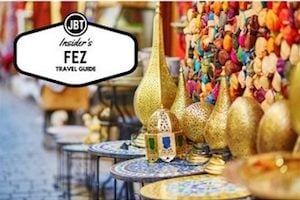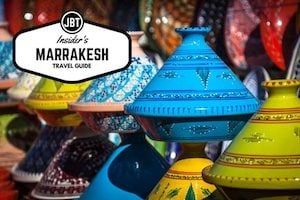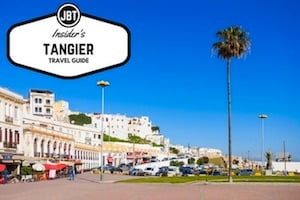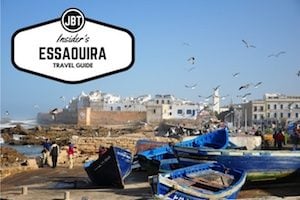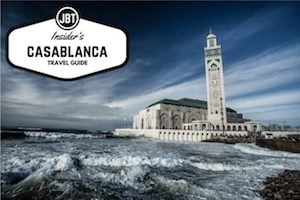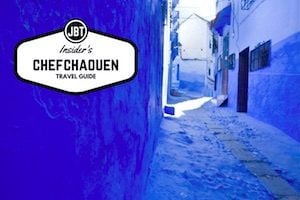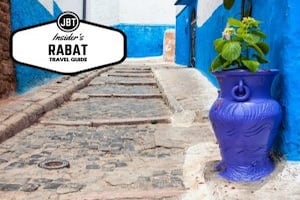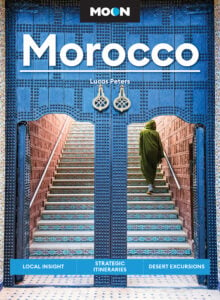
Argan is one of Morocco’s most famous products of late. But, there’s a lot of mystery and misconceptions that exist about this nut. The trees, argania spinosa, grow only in one region of Morocco, the southwest area around Essaouira and Agadir. The people in this region have used and processed the oil for generations and do it well!
How is Argan Made?
There’s a myth that argan is processed thanks in part to the digestive system of local goats. While it makes for a nice story, the reality is argan is processed using human power, not goat power. Like all good stories there is some truth in the myth; there really are goats in Morocco that climb into argan trees to eat the fruit off the branches. But, few farmers really want this to happen as it means fewer nuts for them to harvest. You might see goats in trees on the road between Essaouira in Agadir if you’re lucky. But, if you see a single tree that happens to have a bunch of goats in it, chances are good it’s just a tourist trap.
There are three layers to an argan seed. The outside is a tough skin that covers a fleshy middle and finally a nut with one to three kernels inside. After harvesting, the flesh is removed from the seed but is not discarded, it’s often used as animal feed. Next, the nut itself has to be cracked. This is still done by hand in most cases as attempts to mechanize it haven’t been very successful.

Once the nuts have been separated, it’s time for the processing to begin. This is where the nuts begin to become the final product.
Culinary Argan vs Cosmetic Argan
There is one major difference between culinary argan and cosmetic argan. Roasting. If you walk through an area where argan is being produced it will smell a bit like popcorn. That’s the smell of roasting argan nuts! The kernels of the argan seeds are roasted over low heat until they’re brown and fragrant and then pressed to extract the oil. Argan oil for cosmetic purposes is not roasted. Once pressed the oil is left for a few weeks to settle and any sediment to sink to the bottom. The oil can be purified further depending on the use.
Culinary argan has a few uses. One is as a great dressing or dip. It has a slightly nutty flavor and scent that compliments many dishes well. It’s also commonly blended with almonds and honey to create a paste, similar to almond butter, known as amalou. Cosmetic argan is used as is on the skin to moisturize and nourish the skin. It also can be used on hair for the same reasons. Argan is found in many cosmetic products but the quantity is very small. It is important to pay attention to the quantity of argan in a product before paying a high price.

How to Find Authentic Argan
Thanks to the popularity of argan, there are a lot of people trying to make a profit selling this product. If you haven’t read our post Morocco’s Dirty Little Co-Op Shopping Secrets, we highly recommend checking it out. There are very few cooperatives operating in Morocco that meet the definition of an authentic co-op. We always strive to support those that are authentic. If you’d like to purchase argan oil there are a few tips to help you make a good choice. Argan oil can often be cut with other oils so that it can be sold cheaper. When you shake a bottle of argan, bubbles shouldn’t form at the top. If there are bubbles then there’s a very good chance it has been diluted. Culinary argan often has an orangish color and smells nutty, while cosmetic argan is a more yellow shade and won’t have a strong smell. While it will be less expensive to buy in Morocco than outside the country, don’t expect to pay a rock bottom price for authentic oil.
Morocco has many traditional products and food production processes that make it unique. when you travel with us we love to show our guests these experiences! If you’d like to find out more get in touch with our team today to start planning your Morocco vacation.

